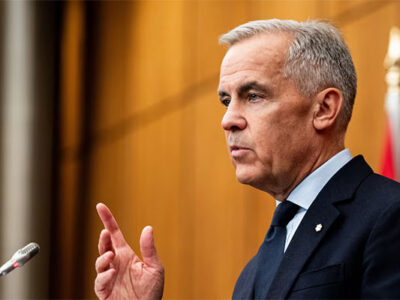Ontario is gearing up for a significant enhancement to its energy infrastructure.
The provincial government recently announced the construction of a new battery storage facility in Tilbury, set to begin later this year.
This project aims to bolster energy reliability, particularly during peak demand periods, and represents an important step in managing Ontario’s growing energy needs.
Battery energy storage systems (BESS) are vital components in managing the intermittency of renewable energy sources like solar and wind. These systems store energy when it’s abundant and release it when demand peaks, ensuring a steady supply of power. The Tilbury Battery Storage Project will have an 80-megawatt capacity, enough to power 80,000 homes.
Walpole Island First Nation and Boralex Collaboration
Walpole Island First Nation has partnered with Boralex, a company specializing in renewable energy development, to bring this project to fruition.
Boralex is building a total of 505 megawatts of energy storage facilities across Ontario, contributing significantly to the province’s renewable energy landscape.

Ontario’s Independent Electricity System Operator (IESO) control room; from where the province’s electricity market and system are managed in real-time. The IESO directs the flow of electricity over electrical grid lines, while transmission companies own, operate and maintain the lines and towers. (IESO)
The Tilbury project alone will create 150 construction and maintenance jobs, highlighting its economic and community benefits.
Ontario’s Growing Energy Demands
The need for such infrastructure is underscored by projections from the Independent Electricity System Operator (IESO), which indicates that Ontario will require at least 60% more energy over the next 25 years. Energy Minister Stephen Lecce emphasized that battery storage facilities will play a crucial role in stabilizing electricity rates.
“These investments in storage allow us to reduce the need for costly energy generation during peak periods, ultimately keeping power affordable,” Lecce told AM800’s The Shift with Patty Handysides.
Battery storage is increasingly viewed as a critical component in the transition to renewable energy. By capturing and deploying clean power when needed, these facilities provide a reliable alternative to traditional power generation.
Ontario’s push into battery storage not only strengthens its energy grid but also marks a forward-looking strategy to meet rising demand sustainably.














Comments